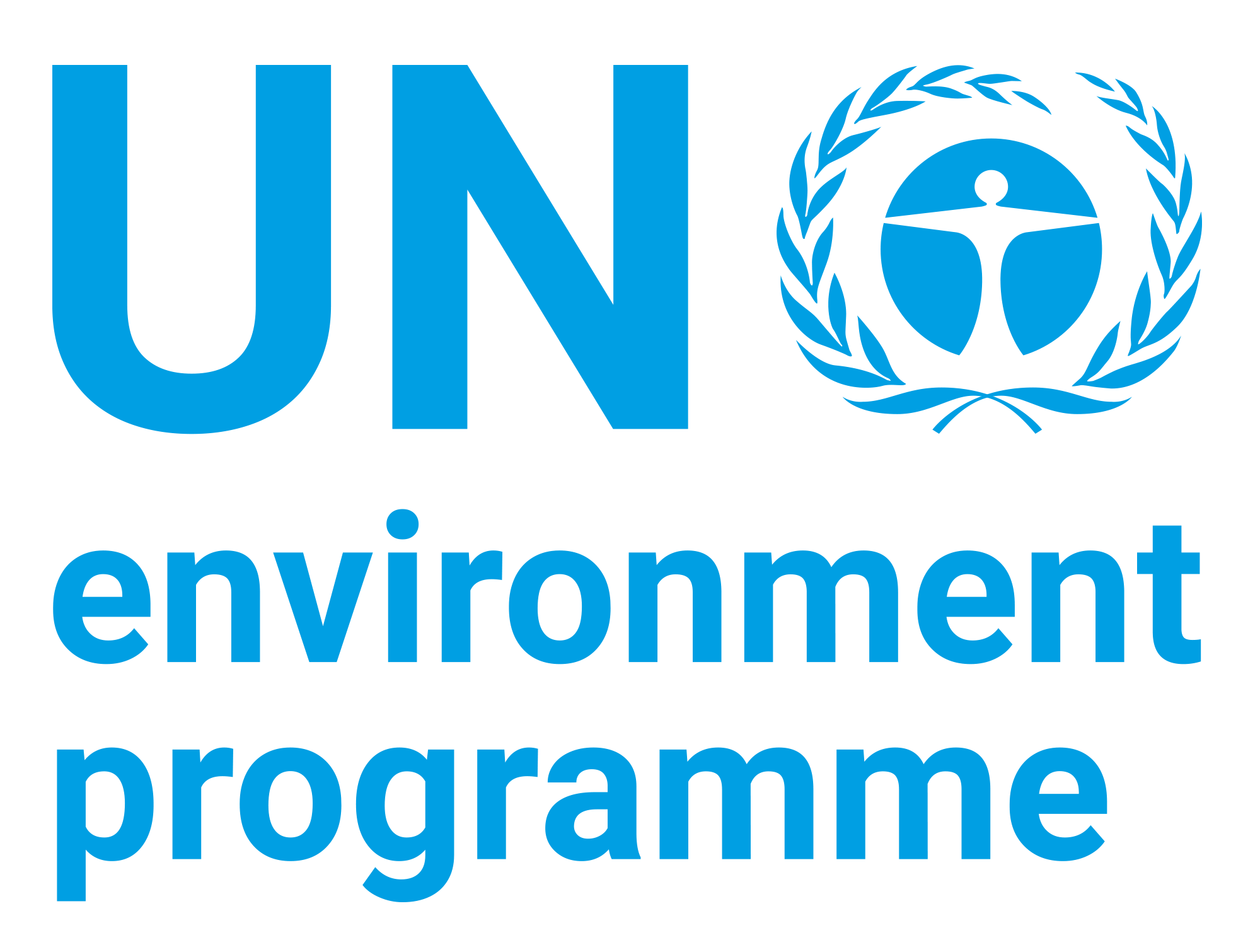| dc.contributor | Science Division | en_US |
| dc.contributor.author | United Nations Environment Programme | en_US |
| dc.contributor.other | Cox, Shelly-Ann | en_US |
| dc.contributor.other | Degia, A. Karima | en_US |
| dc.contributor.other | Lopez, Ileana C. | en_US |
| dc.coverage.spatial | Global | en_US |
| dc.date.accessioned | 2021-06-15T05:44:38Z | |
| dc.date.available | 2021-06-15T05:44:38Z | |
| dc.date.issued | 2021 | |
| dc.identifier.uri | https://wedocs.unep.org/20.500.11822/36315 | |
| dc.description | Massive episodic inundations of floating sargassum seaweed have been impacting shorelines on both sides of the tropical Atlantic since 2011. These influxes are now widely considered to be part of the ‘new normal’ facing vulnerable regions in the Wider Caribbean, West
Africa and some parts of India. The seaweed itself is not harmful; floating sargassum at sea is beneficial as a unique habitat. It is the large floating mats clogging fishing gear and impeding navigation at sea, and the mass stranding on coastlines and ensuing decomposition that is highly detrimental to people, ecosystems, and economies. | en_US |
| dc.format | Text | en_US |
| dc.language | English | en_US |
| dc.language | French | |
| dc.rights | Public | en_US |
| dc.subject | sargassum | en_US |
| dc.subject | seaweed | en_US |
| dc.subject | marine environment | en_US |
| dc.title | Sargassum: Brown Tide or Golden Jewel? - Foresight Brief No. 024 May 2021 | en_US |
| dc.title.alternative | Sargasses : menace brune ou or brun ? - Note Perspective No. 024 Mai 2021 | |
| wd.identifier.sdg | SDG 14 - Life Below Water | en_US |



